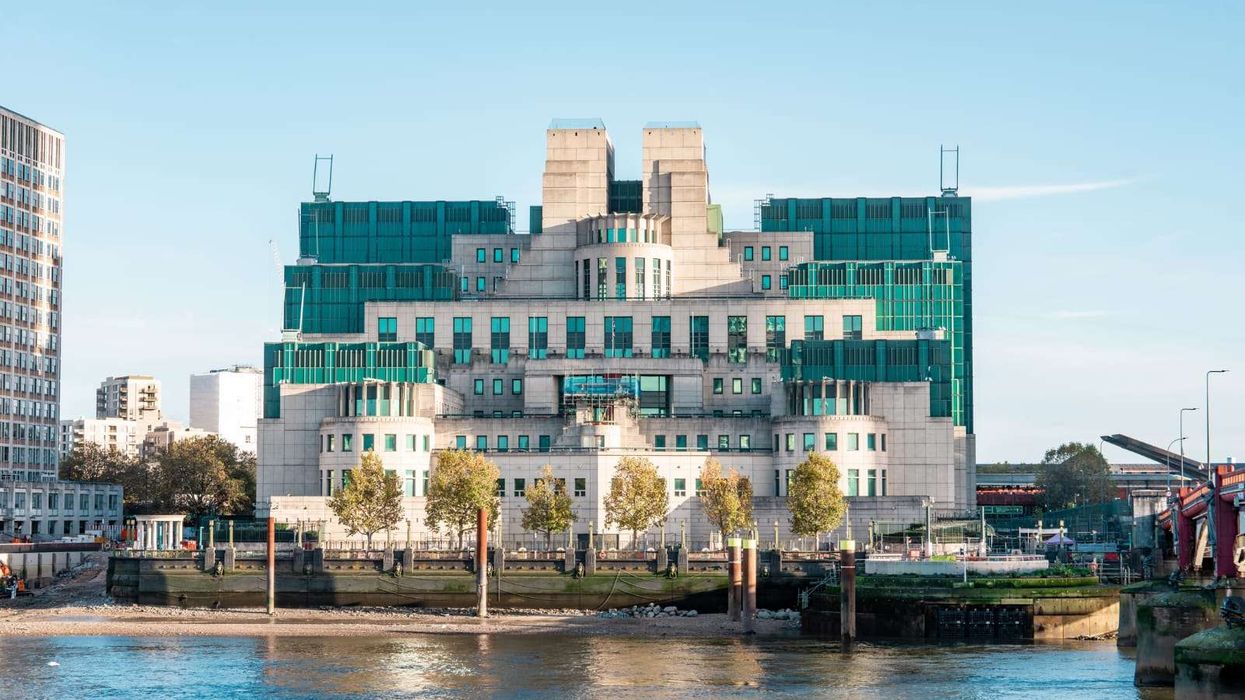Police still investigating shooting, no statement on who pulled the trigger
By Ed Brock
Police are still investigating a double shooting in Sanford, Florida, that left a woman dead and a man with life threatening injuries. Investigators did say the deceased victim, 25-year-old Juhi Parmar, was in a relationship with the man, Elisha Gilmore, who survived the shooting and called 911.
Parmar and Gilmore, 27, were found in Gilmore’s residence on Orange Avenue on Jan. 17 after Gilmore called 911 to report the shooting, said Sanford PD Public Information Officer Bianca Gillett. When officers arrived Gilmore did not answer the door, so officers forced entry and found the couple in a bedroom.
Both victims were taken to Central Florida Regional Hospital, where Parmar was pronounced dead. Gilmore was still in the hospital being treated for his injuries as of Wednesday. Gilmore was in critical but guarded condition, Gillett said, and she did not know if he was conscious.
Parmar is the daughter of Jitendra and Meena Parmar, formerly of London, England and currently living in Orlando,Florida.
Gillett said Wednesday the police still had not identified the shooter, though police said they are not looking for anybody outside of Gilmore and Parmar.
“After hearing the news of a tragic incident such as this, there is an immediate question as to ‘why’ this occurred,” Sanford Police Chief Cecil Smith said in a statement. “We want to find the answers for the victims, their families, and our community. Our investigators have been working nonstop writing search warrants, interviewing many people connected to both individuals, and processing physical evidence.”
Sanford police are asking anyone with information regarding this incident to contact the Sanford Police Department or Crimeline at 800 423-TIPS (8477) or visit www.crimeline.org. Calls made to Crimeline remain anonymous and tips that lead to solving a felony case are eligible for a cash reward of up to $5,000 dollars.












